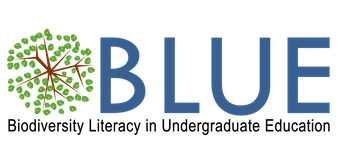Traditional Ecological Knowledge and Natural History
Author(s): Anna Monfils1, Debra Linton1
Central Michigan University
1006 total view(s), 310 download(s)
TEK and Natural History v2.docx(DOCX | 3 MB)
- License terms
Description
In this module, students will be learning about the nature of science as they explore what we know about the bowhead whale and how we know it. They will explore Western Science (WS) and Traditional Ecological Knowledge (TEK) and review a case study of how the TEK of the Inuit provided a way of knowing and understanding the biology of the bowhead whale in the Alaskan arctic. Throughout this series of activities, students will integrate Western Science and TEK, listen to the Inuit perspectives, explore how the Inuit knowledge informs WS, and investigate some examples of WS and TEK in the study of bowhead whales.
Objectives
Upon completion of this module, each student should be able to:
- Defend the different ways of knowing and understanding the natural world.
- Incorporate both the process of Western Science and Traditional Ecological Knowledge to better understand biology and the conservation of natural resources.
- Identify strategies for respectful and successful collaboration when working with native communities.
- Interpret graphs and apply data to biological questions.
- Describe examples of how scientists’ backgrounds and biases can influence science.
- Evaluate how science is enhanced through diversity.
Notes
Bowhead Whale Skull Image: "Bowhead skull" by ulalume is licensed under CC BY-NC-ND 2.0
Version 2 has updated language
Cite this work
Researchers should cite this work as follows:
- Anna Monfils, Debra Linton (2021). Traditional Ecological Knowledge and Natural History. Biodiversity Literacy in Undergraduate Education, (Version 2.0). QUBES Educational Resources. doi:10.25334/N5ZV-7T79
